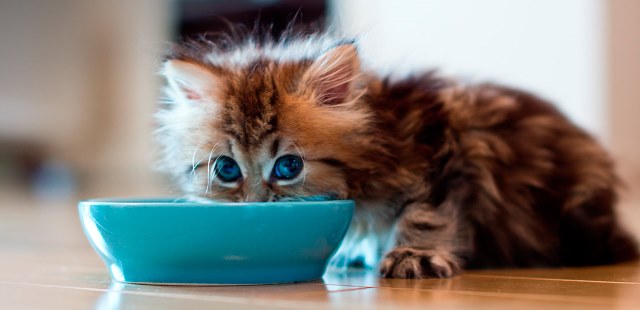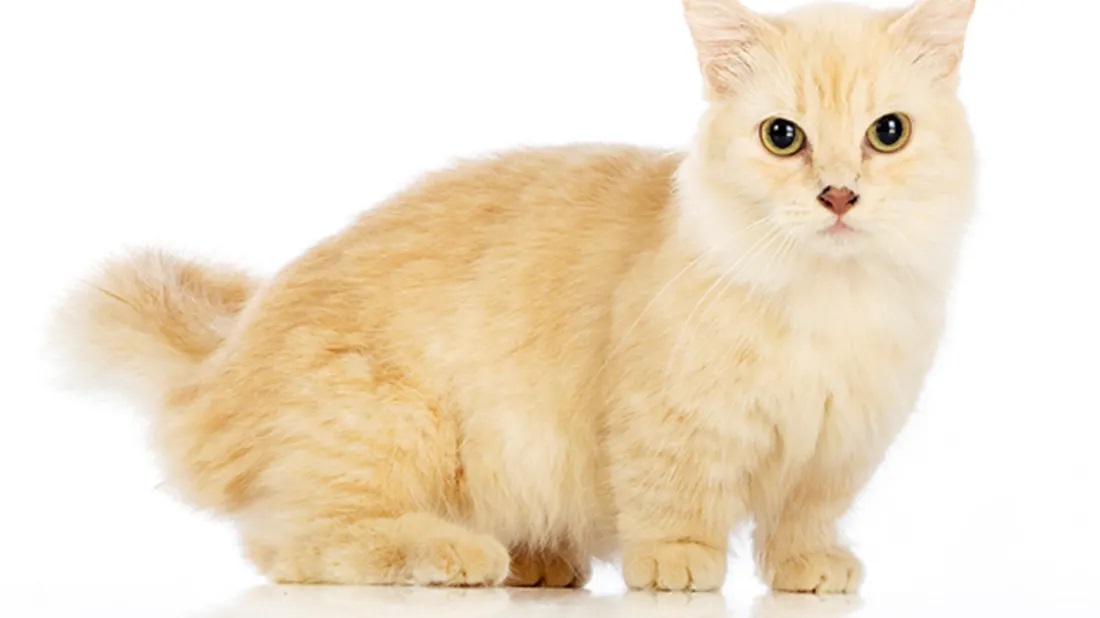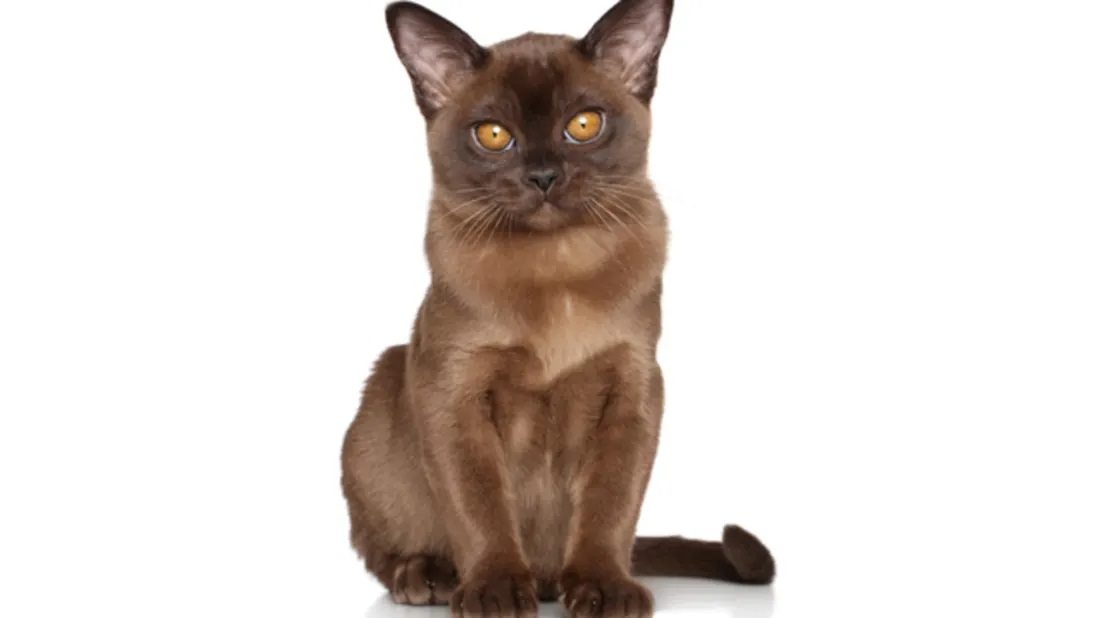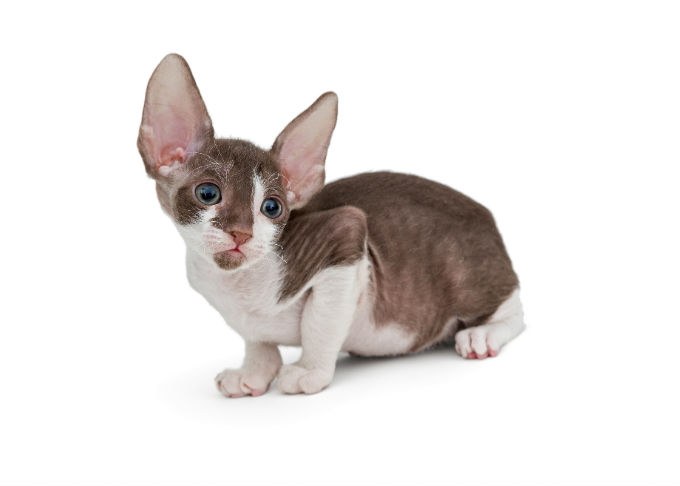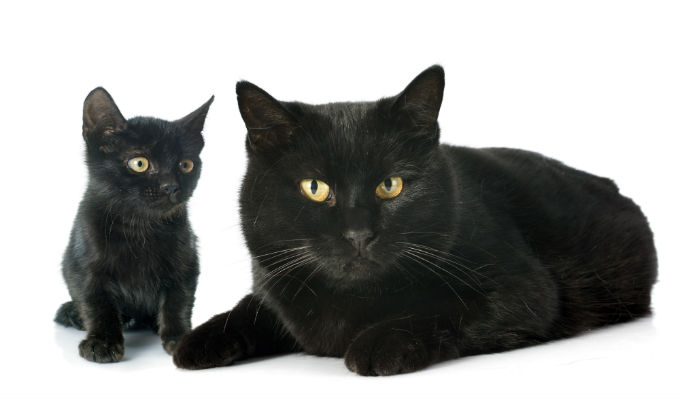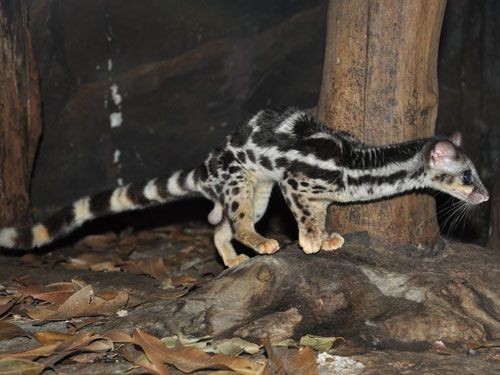Characteristics of cats recipes
Domestic cats have a lot of special physical abilities, including the ability to see in low light better than other animals, as well as climbing trees and coarse walls, running at high speed and jumping long distances.
Cats have a great sense of balance as they can easily walk on a narrow high wall or on a thin edge. When cats fall, they drop lightly on their padded feet. Cats differ in character and physical characteristics such as fur length and color.
There are a large number of cat breeds, each of which has some distinctive qualities, and among the favorite Siamese, Burmese and Persian breeds, some historians believe that they were domesticated about 5000 years ago, and over the ages, some people have acquired cats for their ability to catch mice, rats and snakes.
Thus, cats kept farms and homes and the places where they live are always free from these pests.
The body of the cat has a set of characteristics distinct from other animals, can be arranged bones and joints of the cat from performing different movements. Unlike many animals, the cat walks by moving the legs front and back together to one side of the body followed by a man on the other side, so the cat looks like it slips. The hip joint helps to jump, while the rest of the joints allow the cat to move his head to reach most parts of the body.
Each cat’s front hand has five fingers, including a forefinger-like finger called a claw.
Each back palm has four fingers, and some cats have extra fingers and are known as multiple fingers. Each of the cats’ fingers ends with a sharp hook-like claw, and the claw is usually bounced under the skin with a elastic band of connective tissue.
But when using the claw, the muscles pull the strings, a rope-like tissue attached to the claw, which leads to a protrusion. The cat uses its claws to climb, hunt prey, and self-defense. The soles of the cat’s feet are covered with thick sponge cushions.
These pillows absorb shocks on the palms and help the cat to move quietly, while the tail of the cat is an extension of the spine, helps to maintain the balance of the cat, and when it falls, twists the tail quickly and twists his body to land on his legs.
The body of the cat contains about 250 bones, and the actual number of bones vary depending on the length of the cat’s tail, and the structure supports and protect the tissues and internal organs of the body.
Sponge pads of the foot enable the cat to walk quietly, and each cat’s toe ends with a sharp hook claw.When the claw is pulled, it remains secured under the skin by a band of connective tissue, and the claw protrudes when the muscles pull the strings attached to it.
The cat’s head is small, with short, strong jaws. The kittens have about 26 pointed and temporary teeth falling in the sixth month, and the 30-year-old cats use them to chop and shred food.
Unlike other animals, cats do not have teeth to grind food, yet they can digest large portions of non-chewed food.Cat’s tongue covers small protrusions in the form of hooks called papillae that make the tongue rough, and the rough surface of the tongue helps the cat remove meat from the bones and helps it comb the fur. .
The cat has a small nose, the tip of which is covered with a coarse skin layer called the nose lashes of different colors. They are often wet and cold. The colored parts of the cat’s eyes take different shades, such as green, yellow, orange, copper, and blue. The iris of the eyes of cats with irregular eyes also takes different colors. One eye is green and the other is blue. The iris muscles control the amount of light coming into the cat’s eye through a hole called a pupil in bright light.
The iris protects the eye from the glare of light by making the pupil contract to become a thin anchor. In dim light, the pupil expands to allow more light to pass through the cat’s eye. At the bottom of each eye is a special mirror-like part called the choroid mat that reflects light on another sensitive part of the eye. The cat is visible in dim light, and this part causes eye gloss, a sparkle that a person sees when light falls on the cat’s eyes during the night.Each eye has a third eyelid in the inner corner of the eye called the lid membrane that protects the eye and its fat. The top of the skull moves each ear separately, as well as guides a Clamp his ears towards the sound to strengthen his reputation.
The fur of the cat protects its skin and isolates it from the outside.Most of the fur of cats are two types of hair.The outer part of the fur consists of long hair protection, while the interior consists of short secondary hair, and the color and length of fur recipes vary significantly between cats.
Cats also have a sharp sense of hearing that enables them to hear a wider range of sounds than other animals. Deafness is rare among cats, yet there are cases of genetic hearing damage among white cats, especially those with blue eyes.
Cat mustaches are made of special hair that acts as a touch sensitive organ.These mustaches are called nasal hair, grow on the chin, on both sides of the face and above the eyes.Touch hair is connected to nerves in the skin that give signals to the brain as soon as things are touched.The mustaches help cats protect their eyes and sense their way in the dark And determine the direction of the wind.


